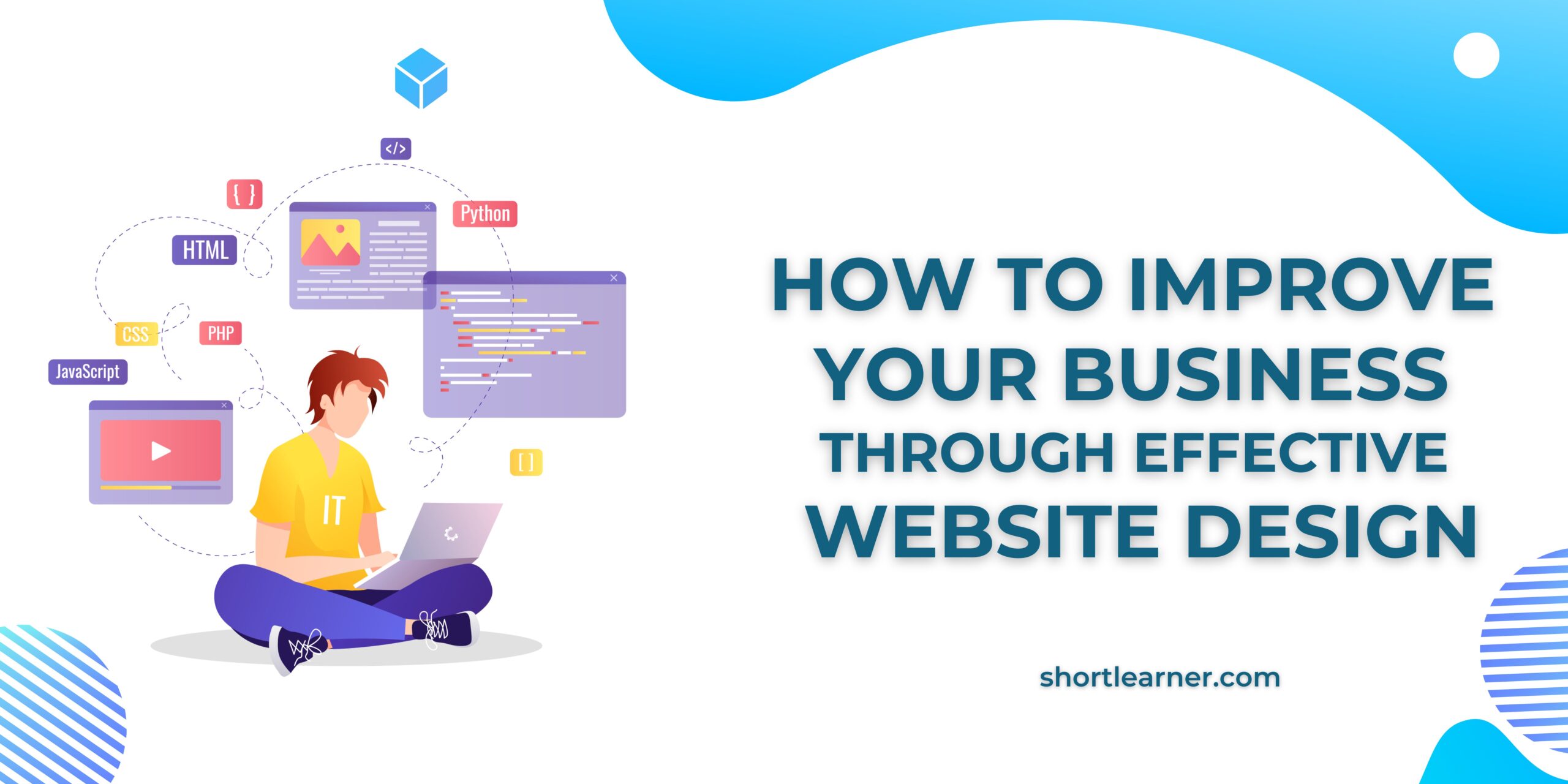Tableau Interview Questions And Answers 2022
welcome back to shortlearner.com interview preparation series. Today in this series we will share most asked tableau interview questions and answer for beginner and experienced candidate.
most of our visitors have a query How do I prepare for a tableau interview? , What questions are asked in a data analyst interview? , How do I prepare for a data analyst interview? and many more interview and preparation related questions.
So we are collected most asked tableau interview questions after consulting with top industry experts in the field of Data analytics and visualization.

Q1. What is Tableau ?
Tableau is one of the most popularly used BI tools across the globe.
Tableau is a data visualization tool that allows the user to develop an interactive and visualization in the
form of dashboards, worksheets for the betterment of the business
Q2. What are the five main products offered by Tableau?
Tableau offers five main products:
Q3. What is the latest version of Tableau Desktop?
For Tableau Desktop, the most recent release upgrade was from Tableau 2021.3 to Tableau 2021.4; the one before that was from Tableau 2021.2 to Tableau 2021.3.
Q4. How many type of file extension in Tableau ?
There are many file types and extensions in Tableau.
Some of the file extensions in Tableau are:
- Tableau Workbook (.twb).
- Tableau Packaged Workbook (.twbx).
- Tableau Datasource (.tds).
- Tableau Packaged Datasource (.tdsx).
- Tableau Data extract (.tde).
- Tableau Bookmark (.tdm).
- Tableau Map Source (.tms).
- Tableau Preferences (.tps).
Q5. What is the different between twb and twbx file extensions.
The file extension .twb is a live connection; it points to the data source. The user receiving .twb needs permission to access the said data source and no data is included.
On the other hand, .twbx takes the data offline and stores it as a package or zip-like file, thereby eradicating the need for permissions.
Q6. What is the maximum number of tables we can join in Tableau?
We can join a maximum of 32 tables; it is not possible to combine more than 32 tables.
Q.7 What are the different datatypes in Tableau?
Tableau Data Types gives us information about the kind of data stored in the data source. There can be a text value, data value, time value, Boolean value, etc. Tableau supports Data Types such as Boolean, String, Date & Date time, and Number.
- String values
- Number/Integer values
- Date values
- Date & Time values
- Boolean values
- Geographic values
- Cluster or mixed values
Q.8 What are Measures and Dimensions?
Dimensions: A dimension table ,having reference of a product key form the table, can consist of product name, product type, size, color, description, etc.
Measures: are the numeric metrics or measurable quantities of the data, which can be analyzed by dimension table. Measures are stored in a table that contain foreign keys referring uniquely to the associated dimension tables.
Q.9 What are shelves?
They are Named areas to the left and top of the view. You build views by placing fields onto the shelves. Some shelves are available only when you select certain mark types.

Q10. What are the different connections you can make with your dataset?
We can either connect live to our data set or extract data onto Tableau.
- Live: Connecting live to a data set leverages its computational processing and storage. New queries will go to the database and will be reflected as new or updated within the data.
- Extract: An extract will make a static snapshot of the data to be used by Tableau’s data engine. The snapshot of the data can be refreshed on a recurring schedule as a whole or incrementally append data. One way to set up these schedules is via the Tableau server.
The benefit of Tableau extract over live connection is that extract can be used anywhere without any connection and you can build your own visualization without connecting to database.
Q11. Define different parameters in Tableau and their working?
The Tableau parameters are dynamic variables or dynamic values that replace the constant values in data
evaluation and filters.
The user can create an evaluated field value that returns true when the score pars the 80, and otherwise false.
Q12. What is data visualization?
Data visualization refers to the techniques used to communicate data or information by encoding it as visual objects (e.g. points, lines, or bars) contained in graphics.
Data visualization is a demonstration if the information in a pictorial or graphical form. It empowers decision
makers to have look analytics presented visually, so they can get a handle on challenging ideas or create new
patterns. With intelligent visualization, you can make the idea a stride further by utilizing technology to draw
them into diagrams and charts for more detail.

Q13. Why did we choose data visualization?
Data visualization is a fast, simple to pass on ideas universally and you can explore different scenarios by
making slight alterations. As a human being processes data by utilizing graphs or charts to have a look of
complex information is quit easier rather than looking out them on spreadsheets or reports.
Q14. Distinguish between parameters and filters in Tableau?
The parameters allow users to insert the values, which can be integers, float, date, string that can be used in
calculations.
The filters only receive values users choose to ‘filter by’ the list, which cannot be used to calculate.
The users can dynamically change the dimensions and measures in parameter but filters do not approve the
feature.
Q15. What are Filters? How many types of Filters are there in Tableau?
This is one of the most frequently Tableau developer interview questions asked for the tableau developer.
A Filter restricts unnecessary data, it shows the exact data we want.
there are 3 types of filters in tableau.
- Normal Filter is used to restrict the data from database based on selected dimension or measure. A Traditional Filter can be created by simply dragging a field onto the ‘Filters’ shelf.
- Quick filter is used to view the filtering options and filter each worksheet on a dashboard while changing the values dynamically (within the range defined) during the run time.
- Context Filter is used to filter the data that is transferred to each individual worksheet. When a worksheet queries the data source, it creates a temporary, flat table that is uses to compute the chart. This temporary table includes all values that are not filtered out by either the Custom SQL or the Context Filter.
Q16. Where can you use global filters?
Global filters can be utilized as a part of sheets, dashboards and in stories.
Q17. What are context filters and state the limitations of context filter?
Context filter:
Tableau helps in making the filtering process straightforward and easy.
It does so by creating a hierarchy of filtering, where all the other remaining filters that are present refer to the
context filter for all their subsequent operations.
Thus, the remaining filters will now process the data, that is already passed through the context filter.
Development of one or more context filters helps in improving the performance, as the users do not have to
create extra filters on the large data source, which actually reduces the query-execution time.
Limitations of context filter:
Generally, Tableau takes a little time for placing a filter in context.
In case the filter is set as a context one then the software develops a temporary table for that specific context
filter.
This table reloads each time and consists of all the variables and values that are not filtered by context or custom SQL filter.
Q18. What is the Context Filter?
Context filter is an extremely productive filter from all of the filters in Tableau. It enhances the performance in
Tableau by making a Sub-Set of information for the filter selection.
Context Filters serve two principal purposes.
Improves execution: If you set a lot of filters or have an expansive information source, the inquiries can
be slow. You can set at least one context filters to enhance the execution.
Develops top N filter you could set a context filter to incorporate just the data of interest, and after that
set a numerical or a best N filter.
Q19. Explain the aggregation and disaggregation of data in Tableau ?
Aggregation and disaggregation of data in Tableau are the ways to develop a scatterplot to measure and
compare the data values.
Aggregation:It is calculated the form of a set of values that return a single numeric value. A default aggregation can be set for any measure which is not user-defined.
Disaggregation:The disaggregation of data refers to view each data source row during analyzing of data both dependently and independently.
Q20. What are the extracts and schedules in Tableau server?
First copies or subdivisions of the actual data from the original data source are called data extract.
The workbooks which use the data extracts instead of using live DB connections are faster and the extracted
data is imported into Tableau engine.
Later after the extraction of data the users can publish the workbooks which publish the extracts in Tableau
server.
And, the scheduled refreshers are the scheduling tasks which are already set for data extract refresh so that they
get refreshed automatically while a workbook is published with data extraction.
Q21. How do you define a dashboard?
A dashboard is an information management device that visually tracks, analyzes and shows key performance
indicators (KPI), measurements and main points which focus on the screen to monitor the health of a business,
division or particular process.
They are adaptable to meet the particular needs of a department and company. A
dashboard is the most proficient approach to track numerous data sources since it gives a central area to
organizations to screen and examine performance.
Q22. Mention and explain some components on the dashboard?
Some of the dashboard components are:
Horizontal component: In the dashboard the horizontal component’s containers allow the designer to
combine the worksheets and dashboards components from left to right across the user’s page and the
height of the elements are edited at once.
Vertical component: In the dashboard Vertical component’s containers allows the user to combine the
worksheets and dashboard components from left to right across the user’s page and the width of the
elements are edited at once.
Text: It is an alphabetical order.
Image Extract: A Tableau is in XML format. In case of extracting images, the Tableau applies the codes
to extract an image can be stored in XML.
Web [URL ACTION]: A Web URL action is a certain type of hyperlink that directs to a web page
always or to any other web-based resource that is residing outside of Tableau. The user can hence use the
URL actions for linking up of more information about the user’s data, which might be hosted outside of
the user’s data source. In order make the link relevant to the user data, the user can substitute field values
of a selection into the URL as parameters.
Q23. What is data blending in tableau?
Data blending in Tableau is used when there is associated data in multiple data sources, which you want to
analyze together in a single window. To exemplify, consider the Sales data in a relational database and Sales
Target data in a spreadsheet, to compare, you can blend the data based on shared dimensions to get access to the
Sales Target measure.
The two sources involved in data blending are mentioned as primary and secondary data
sources. A left join is formed between the primary data source and the secondary data source with all the data
rows from primary and agreeing data rows from a secondary data source.
Q24. What is the difference between joining and blending in Tableau?
- Joining term is used when you are combining data from the same source, for example, worksheet in an Excel file or tables in Oracle database
- While blending requires two completely defined data sources in your report.
Q25. What is dual axes?
Dual Axis is an excellent phenomenon supported by Tableau that helps users view two scales of two measures in the same graph. Many websites like Indeed.com and other make use of dual axis to show the comparison between two measures and their growth rate in a septic set of years. Dual axes let you compare multiple measures at once, having two independent axes layered on top of one another. This is how it looks like






